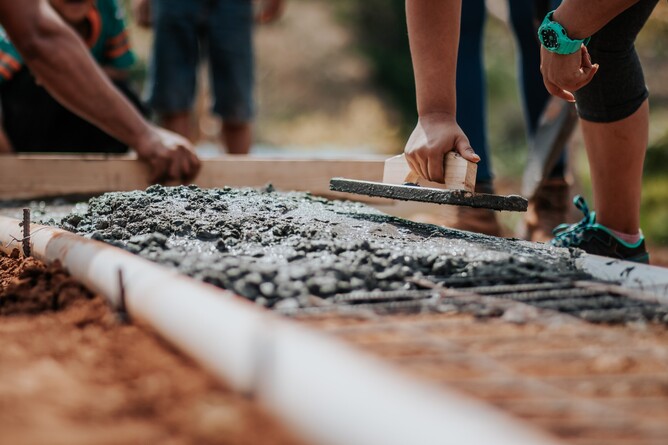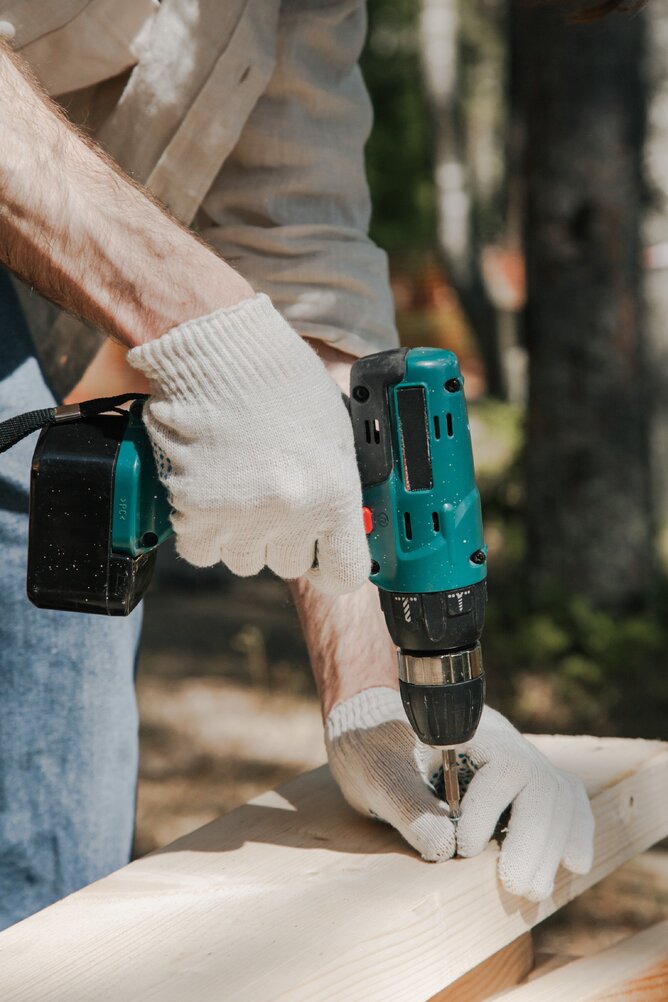With council consents relaxing for many low-risk jobs, people are getting ready to fix those front porches and build those backyard studios. The building work that comes under these new exemptions means homeowners are saving up to $18 million a year and reduces the number of consents councils have to approve by around 9,000.
Many people are left with questions as to just what these relaxed new rules mean, so we're here to answer some of those questions thanks to Building.Govt.NZ.
Additional Building Consent Exemptions
Additional building consent exemptions are being added to the Building Act. Building consents will no longer be needed for a number of new or expanded types of low-risk building work, like sleep-outs, sheds, carports, outdoor fireplaces and ground-mounted solar panels.
The new exemptions will save building owners time and money, by not having to go to their local council for consent for common, low-risk building work. This reduction in building consents will also allow Councils to focus on building work that is higher-risk, helping to boost productivity.
This package of new exemptions adds to the work that can already be done without a building consent, outlined in Schedule 1 of the Building Act. Some of the new exempt building work can be done without the help of a professional, while others require the involvement of a Chartered Professional Engineer or Licensed Building Practitioner.Building work that does not require a building consent must still comply with the Building Code and other legislative requirements, such as those under the Resource Management Act 1991, the Electricity Act 1992 and the Health and Safety at Work Act 2015.The new exemptions are expected to commence at the end of August.
Before carrying out exempt work, it's important you follow the MBIE guidance correctly. New guidance will be issued before the new exemptions commence in August. If you are unsure what legislation may apply, and what the requirements are, it's best to consult a professional.
Single-storey detached buildings
Single-storey detached buildings include sleep outs, sheds, greenhouses and other similar structures.The new exemptions increase the size of a single-storey detached building that can be constructed without a consent. Kitchen and bathroom facilities are not included in the exemption. Any plumbing work to a new or current building still requires a building consent, and any electrical work will still have to be carried out by a registered electrician.Options under this exemption are:
- Kitset or prefab buildings with a maximum floor area of 30 square metres where a manufacturer or supplier has had the design carried out or reviewed by a Chartered Professional Engineer. Product manufacturers who would like to sell kit sets must engage a chartered professional engineer to sign off on a repeatable kit set design
- Buildings with a maximum floor area of 30 square metres where a Licensed Building Practitioner is to carry out or supervise design and construction
- Buildings with a maximum floor area of 30 square metres can be built by a non-professional, where only lightweight materials with structural components built in accordance to Building Code compliance B1/AS1 are used.
Ground-mounted solar array panels
The new exemptions for ground-mounted solar array panels depend on whether it is built in an urban or rural zone.
- In urban zones, there will be an exemption for panels up to 20 square metres which can be built without the help of a professional
- In urban zones, there will be an exemption for panels up to 40 square metres where the design has been carried out or reviewed by a Chartered Professional Engineer
- In rural zones, there will be an exemption with no restrictions in panel size which can be built without the help of a professional.
Carports up to 40 square metres
In addition to the current exemption, the new exemptions will mean you can build a carport up to 40 square metres in size if:
- the design has been carried out or reviewed by a Chartered Professional Engineer, or
- a Licensed Building Practitioner has carried out or supervised design and construction.
Ground floor awnings up to 30 square metres
In addition to the current exemption the new exemptions will mean you can build an awning of up to 30 square metres on a ground floor if::
- the design has been carried out or reviewed by a Chartered Professional Engineer, or
- a Licensed Building Practitioner has carried out or supervised design and construction.
Ground floor verandas and porches up to 30 square metres
In addition to the current exemption the new exemptions will mean you can build a veranda or porch of up to 30 square metres on a ground floor if:
- the design has been carried out or reviewed by a Chartered Professional Engineer, or
- a Licensed Building Practitioner has carried out or supervised design and construction.
Outdoor fireplaces or ovens
The new exemptions mean you will not need a consent for an outdoor fireplace or oven built up to a maximum height of 2.5 metres, and with a maximum cooking surface of 1 square metre. The fireplace or oven must also be at least one metre away from any legal boundary or building, and there may be local government restrictions on lighting open fires in your area.
Flexible water storage bladders
The new exemptions mean you will not need a consent for flexible water storage bladders, for irrigation or firefighting purposes up to 200,000 litres in storage capacity.
Small pipe supporting structures
Small pipe supporting structures will be able to be built without consent if they only carry water and are on private land.
Short-span (small) bridges
Short-span bridges will be able to be built without a consent if the general public cannot access it and it doesn't span a road or rail area. The design will need to be carried out or reviewed by a Chartered Professional Engineer.
Single-storey pole sheds and hay barns in rural zones
The new exemptions will mean you can build a single-storey pole shed or hay barn in a rural zone with a maximum floor area of 110 square metres if:
- the design has been carried out or reviewed by a Chartered Professional Engineer, or
- a Licensed Building Practitioner has carried out or supervised design and construction.
More information about the new exemptions, including technical requirements will be on the building.govt.nz website.
Starting a project that doesn't need consent?
If you want to start a building project that doesn't require a building consent, you should hire the right professional required or you can do it yourself if a professional is not required, provided you follow the MBIE guidance.All exempt building work must meet the Building Code as well as other relevant legislation.It is the building owner's responsibility to check whether a building consent is required. If the work that you are planning to carry out falls outside of the specified requirements, you will need to get a building consent. If you’re not sure if you need consent - ask for advice from somebody with appropriate building knowledge and expertise.
See MBIE's guidance on building work that does not require a building consent. MBIE have recently released learning modules to help those who are new to the building code and carrying out work in the building and construction sector.





